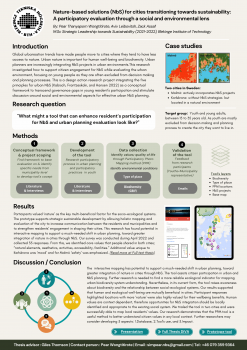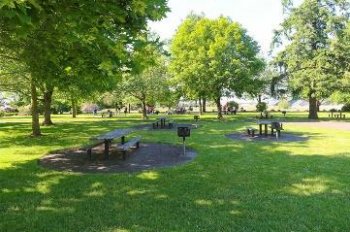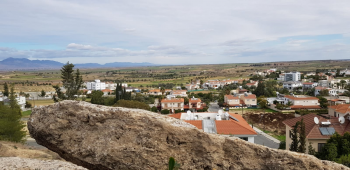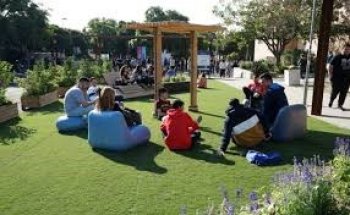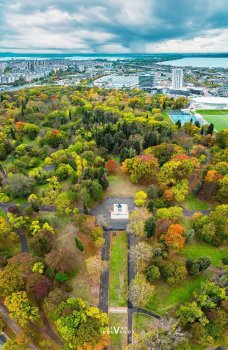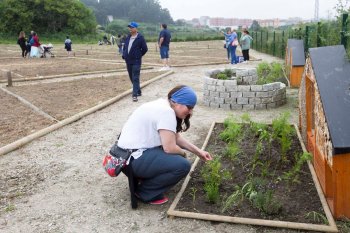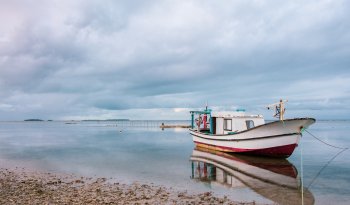Nature-based solutions for cities transitioning towards sustainability: A participatory evaluation through a social and environmental lens
Global urbanization trends have made people move to cities where they tend to have less access to nature. Urban nature is important for human well-being and biodiversity, therefore urban planners are increasingly integrating Nature-based Solutions (NbS) projects in urban environments.
This research investigated how to support citizen engagement for NbS while evaluating the urban environment, focusing on young people as they are often excluded from decision-making and planning processes.
The research design included a literature review and interviews with city planners, to...

